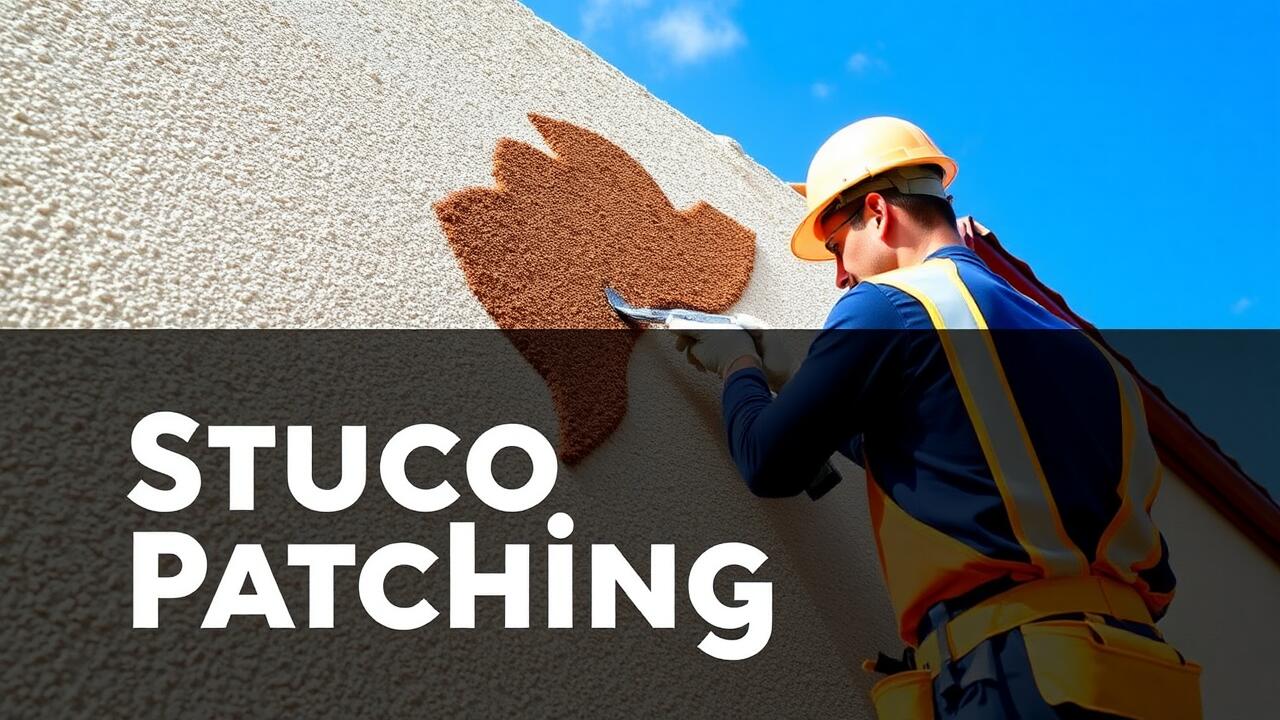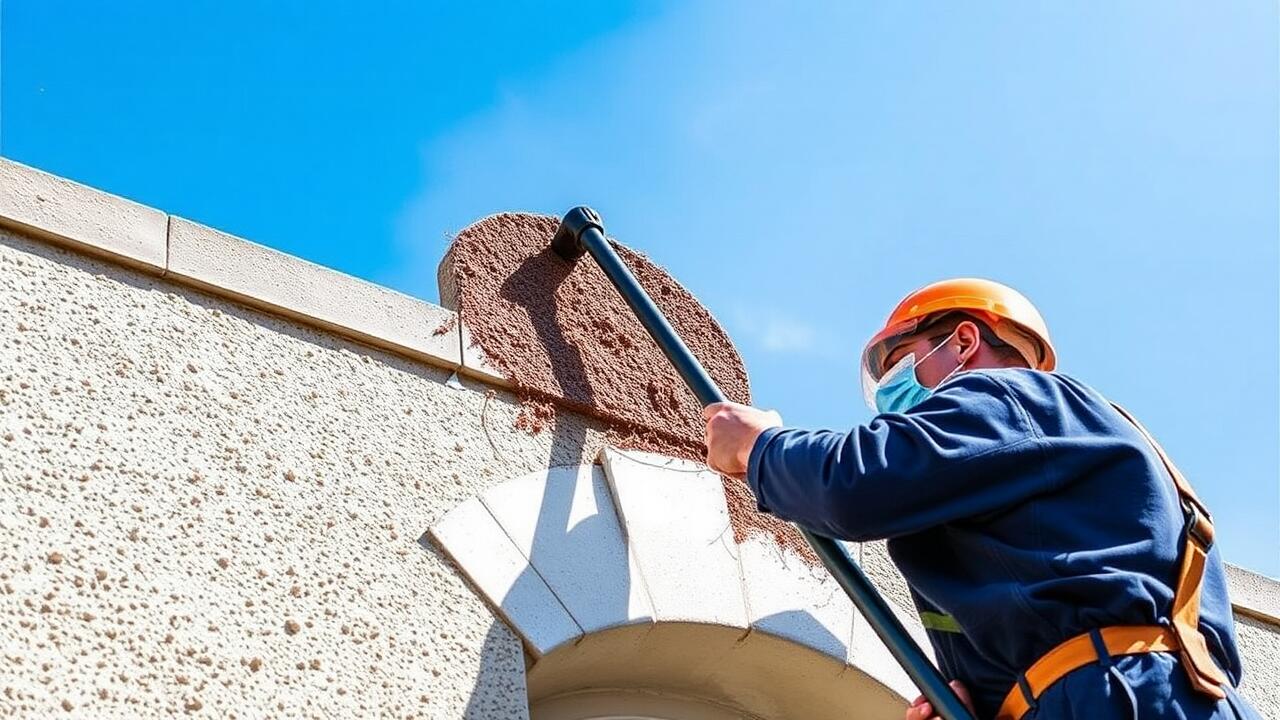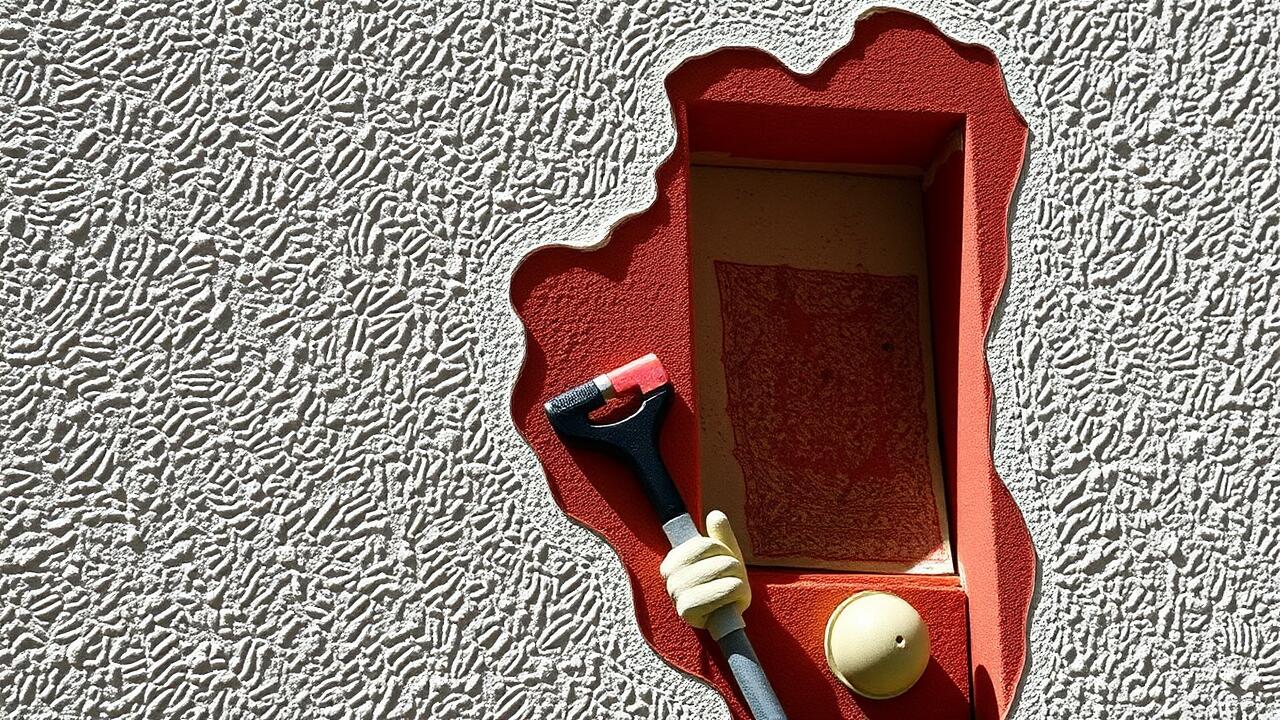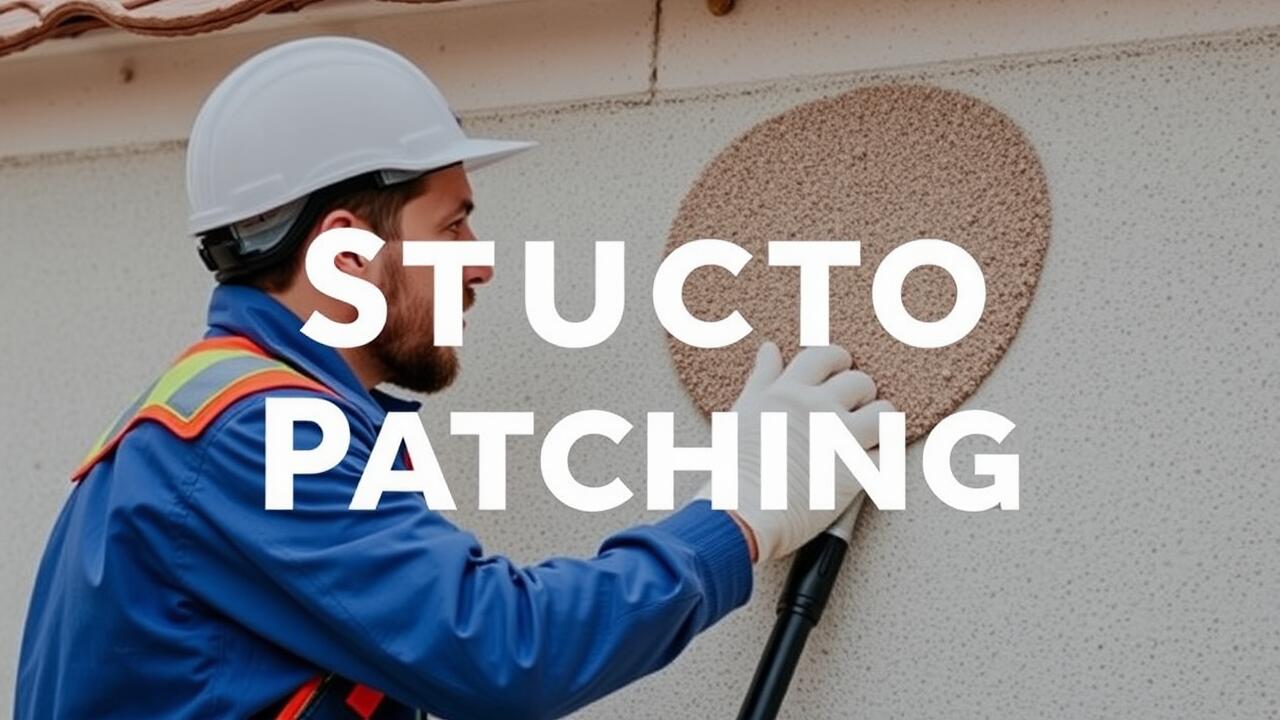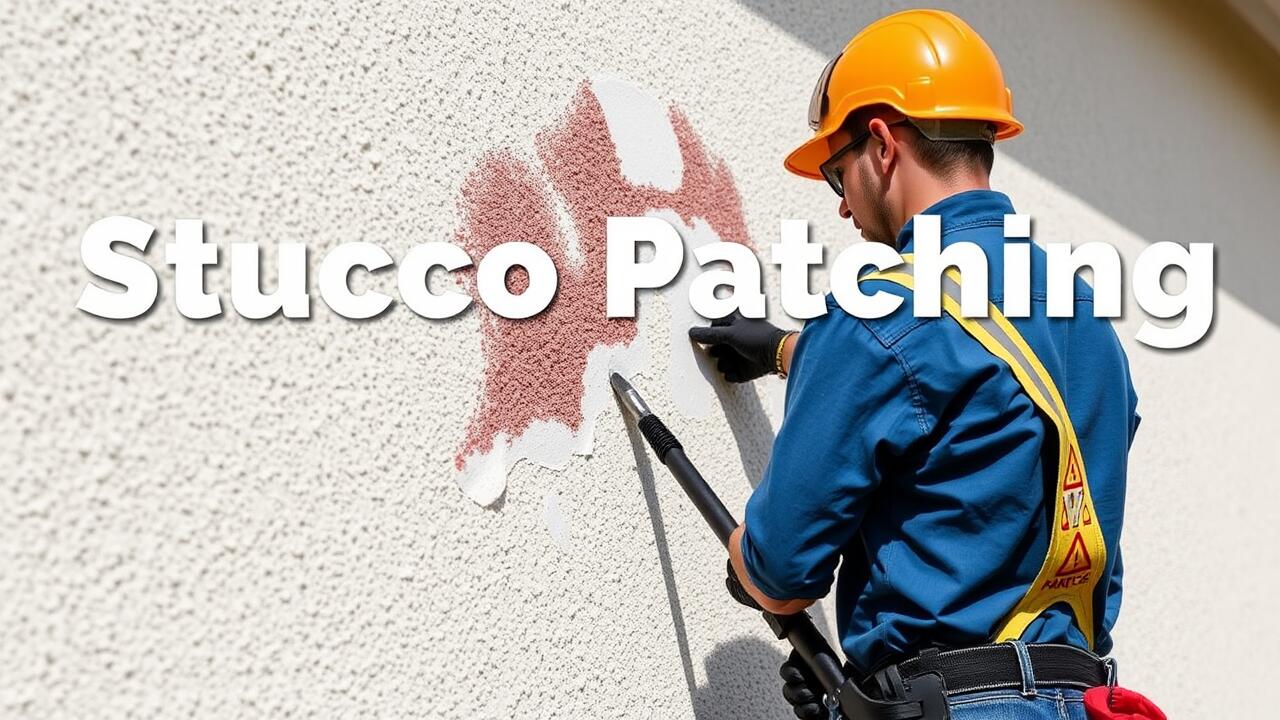
Assessment
Determining when to seek professional help for pitting in stucco can prevent further damage and promote a long-lasting solution. If you notice extensive pitting, cracks, or water leaks, these signs often indicate underlying issues that require immediate attention. Homeowners should not overlook small patches of damage, as they can escalate over time. Regular inspections can highlight problems before they worsen and create larger repair needs.
If you're uncertain about the extent of the pitting or the best approach for repair, consulting a professional is advisable. A qualified expert can assess the damage and recommend appropriate actions, ensuring your home's exterior remains intact. Searching online for “Stucco Patching near me” can help connect you with local professionals who understand the specific challenges of stucco maintenance and repair. Their expertise will provide peace of mind and effective solutions tailored to your situation.
Signs That Indicate a Need for Expert Evaluation
Certain signs can indicate that a stucco surface requires professional evaluation. If you notice extensive pitting or cracking, particularly if these issues seem to be spreading, it may signal deeper underlying problems. Moisture intrusion and structural damage can arise from neglecting these conditions, leading to even more costly repairs down the line. Discoloration or stains on the stucco surface can also suggest water damage, necessitating an expert's assessment.
Another red flag is if you discover uneven or bulging areas in the stucco. These irregularities might suggest deterioration of the materials or damage to the framing underneath. Homeowners should be proactive in seeking help, especially when these signs appear. Searching for "Stucco Patching near me" can connect you with qualified professionals who can accurately assess and address the situation before it worsens.
Repairing Small Areas of Pitting
Repairing small areas of pitting in stucco can be a straightforward task for homeowners willing to take on a bit of DIY work. Start by cleaning the affected area thoroughly to remove dust and debris. Use a wire brush or a pressure washer to ensure a good bond between the existing stucco and the patching material. Once the area is clean, mix a stucco patching compound according to the manufacturer's instructions. Apply the compound with a trowel, ensuring to fill the pits completely and feather the edges to blend with the surrounding surface.
After the patch has been applied, it is crucial to allow it to cure properly. Keep an eye on moisture levels, as excessive drying or dampness can impact adhesion. If you’re unsure about tackling the job yourself or the damage is more extensive, searching for "Stucco Patching near me" can help you find a local professional skilled in stucco repair. They can provide expert guidance and ensure that the repair will last, maintaining the integrity and aesthetics of your home's exterior.
Step-by-Step Guide to DIY Repairs
Assessing the extent of the pitting is the first step in the DIY repair process. If you notice only a few small areas that are damaged, you may choose to tackle it without professional help. Clean the affected areas with a wire brush to remove loose material and dirt. Rinse the area with water to ensure it is free from debris before applying the patching material. This preparation helps the new stucco adhere properly to the existing surface.
Next, gather a high-quality stucco repair mix or premixed patching compound. Apply the mix to the cleaned areas using a putty knife or trowel, pressing it firmly into the pitting. Ensure that the patch is slightly higher than the surrounding stucco to allow for shrinkage as it dries. For a seamless finish, texture the patch to match the surrounding surface. Allow the patch to cure according to the manufacturer’s instructions before painting or sealing. If you're unsure about your skills or the extent of the damage, consider searching “Stucco Patching near me” to find local professionals who can assist you.
Larger Pitting Issues and Solutions
When larger areas of pitting develop in stucco, a more comprehensive approach may be necessary to ensure a lasting solution. Pitting can indicate underlying issues, such as moisture damage or improper installation. In these cases, addressing the root cause is crucial to prevent further deterioration of the exterior. Homeowners should carefully evaluate the extent of the damage and consider whether a professional assessment is warranted.
For those looking for effective repair options, exploring "Stucco Patching near me" can yield results tailored to the specific needs of your home. Local contractors can assess the situation and provide specialized services to restore the integrity of the stucco surface. They can also advise on whether to patch the affected areas or if a full restoration is the best choice for long-term durability.
When to Consider Full Stucco Restoration
In some cases, pitting in stucco can indicate underlying structural issues that simple repairs may not address. If a significant portion of the stucco surface is affected, or if the damage recurs after patching, a full restoration might be necessary. This approach allows for a thorough evaluation of both the stucco and the underlying structure, ensuring that any moisture problems or cracks are adequately resolved. Addressing these issues early can prevent more extensive damage and higher repair costs later on.
Homeowners should also consider full stucco restoration if aesthetic concerns arise. Discoloration, uneven texture, or extensive pitting can detract from a property's appearance and value. In such instances, searching for "Stucco Patching near me" can yield local professionals who specialize in comprehensive stucco restoration projects. A fresh application not only enhances curb appeal but also improves the durability and longevity of the exterior, keeping homes looking their best for years to come.
FAQS
What is pitting in stucco?
Pitting in stucco refers to small depressions, holes, or indentations on the surface of stucco finishes. It often occurs due to moisture intrusion, improper application, or environmental factors, leading to aesthetic and structural concerns.
What are the main causes of pitting in stucco?
The main causes of pitting in stucco include moisture damage, poor installation techniques, the use of low-quality materials, freeze-thaw cycles, and inadequate curing time during the application process.
How can I tell if my stucco needs professional evaluation?
Signs that indicate a need for expert evaluation include extensive pitting, water stains, cracks, mold growth, or if the stucco appears to be crumbling or detaching from the underlying structure.
Can I repair pitting in stucco myself?
Yes, small areas of pitting can typically be repaired with DIY methods. A step-by-step guide for DIY repairs includes cleaning the affected area, applying a patching compound, and finishing with paint or texture to match the surrounding stucco.
When should I consider full stucco restoration instead of spot repairs?
Full stucco restoration should be considered when there are extensive pitting issues, significant structural damage, or when repairs are frequent and extensive, indicating that the underlying issues need to be addressed comprehensively.
